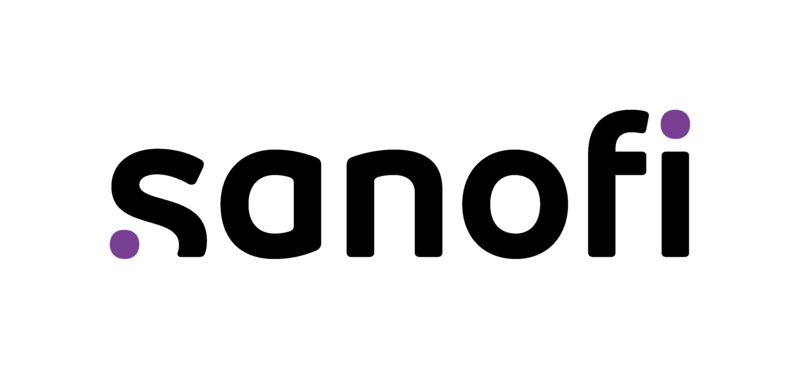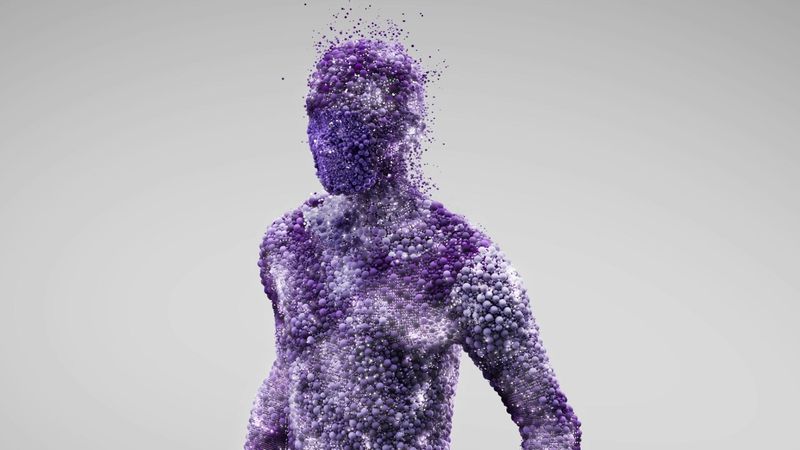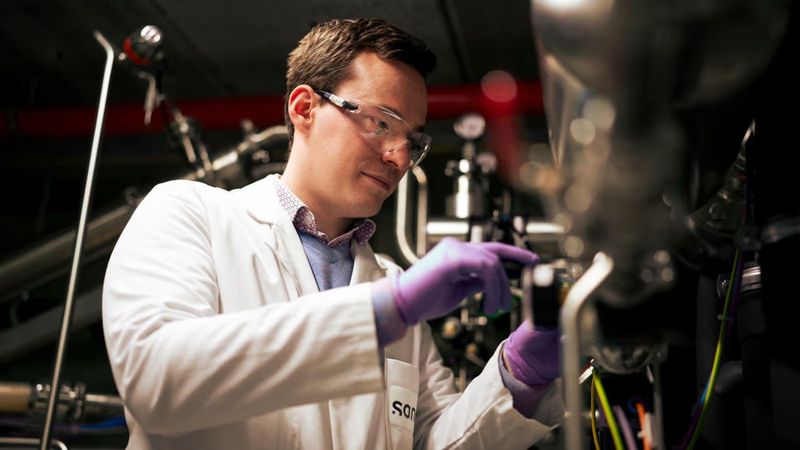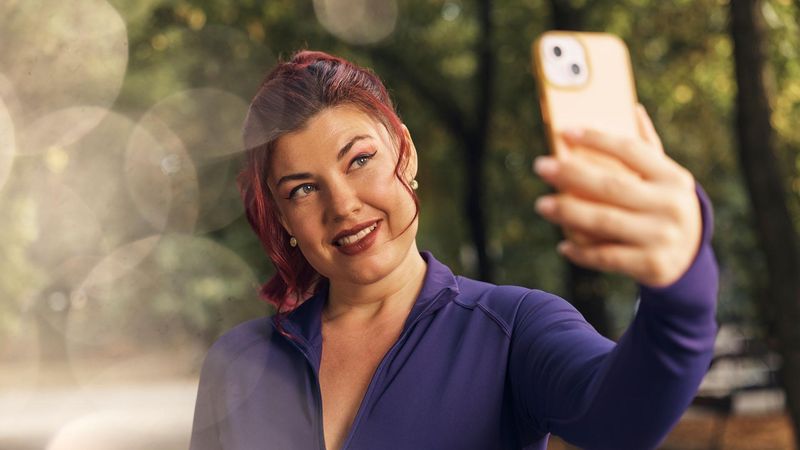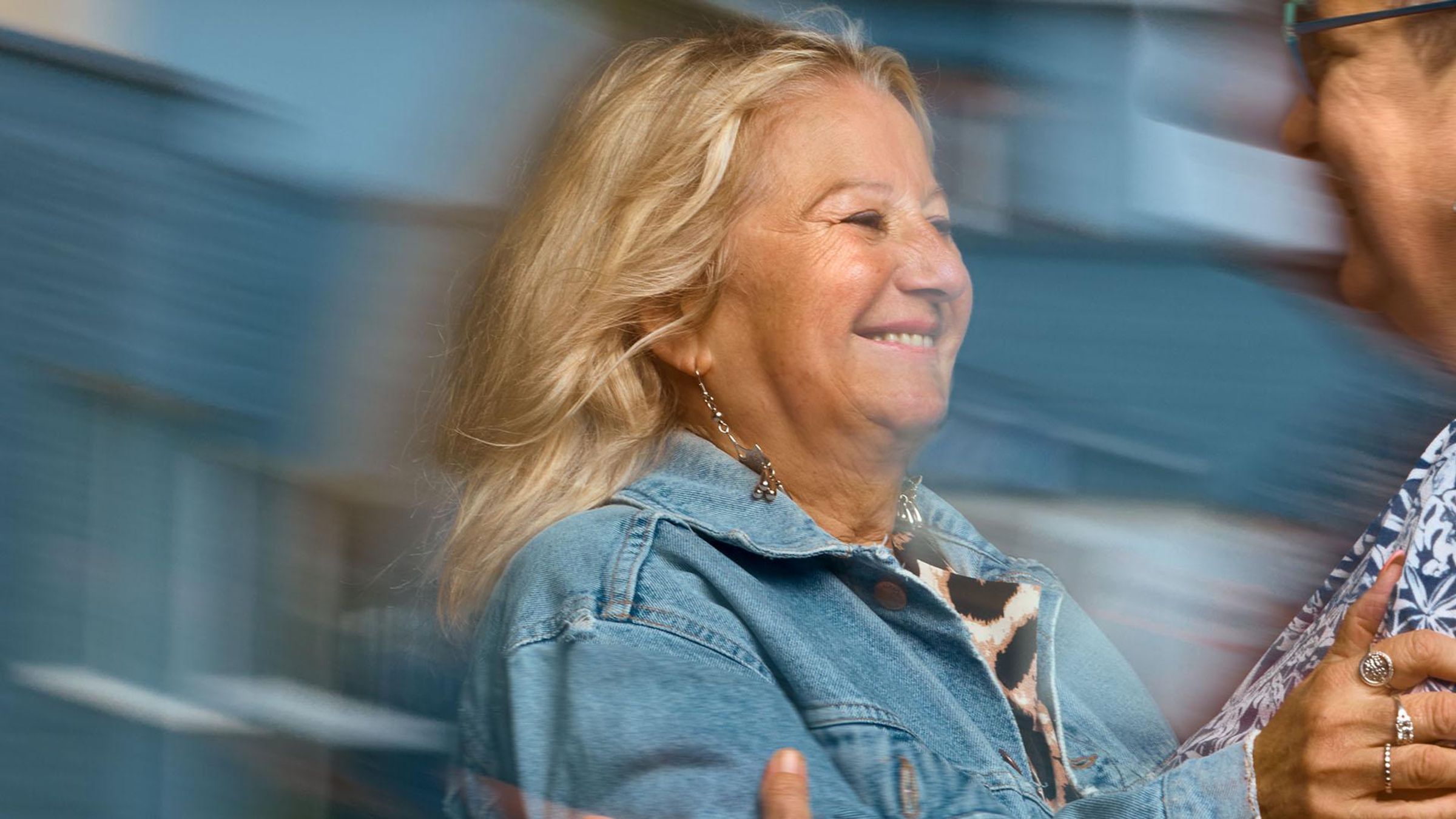
At first glance, Géraldine’s life might seem to follow a familiar arc: a dedicated career in healthcare, a loving family, and a well-earned retirement. But beneath the surface of this seemingly ordinary existence lies a story of extraordinary resilience, a quiet battle against an invisible foe, and a profound testament to the human spirit’s capacity for transformation. It’s a narrative that, in its unexpected turns, reveals how personal struggle can forge a path to helping others, and how the relentless pursuit of scientific advancement plays a vital, often unseen, role in enabling these very human dreams.
A Life Interrupted
For years, Géraldine thrived in the bustling environment of a hospital emergency department, a job she unequivocally states, "I loved it, I loved my job." Her passion extended beyond the hospital walls; an avid sportswoman, she embraced an active lifestyle, even dreaming of one day running a marathon. Then, in 2014, it just took a few words to shatter her equilibrium: chronic obstructive pulmonary disease, also known as COPD. "Hearing those words stopped me in my tracks," she recalls, the weight of the diagnosis heavy with the memory of her father’s own struggle with the disease. "I knew the disease because I watched my father live with it, and I didn't know what it meant to live with it myself."
COPD is a serious1, progressive disease that makes it increasingly difficult to breathe. The reality of COPD, as Géraldine describes it, is a relentless erosion of life's simple joys: "It's a great fatigue, it's no longer having the desire to do anything, it's being out of breath at the slightest effort." The insidious nature of the illness meant that the very act of moving, essential for managing the condition, became a Herculean task. "The more out of breath you are, the less you want to move, even though it's the exact opposite of what you should do."
The Turning Point
Yet, Géraldine’s story takes an unexpected turn, not into despair, but into a fierce determination. A life-threatening worsening of her condition in 2019, where she found herself hospitalized in the very emergency department she once worked for, served as a pivotal moment. "I thought I was going to die," she admits. But from that terrifying precipice emerged a new, powerful resolve: "I said to myself, if I get out of this, I will help everyone who has this disease."
This wasn't just a fleeting thought; it became her new life's ambition. Géraldine embarked on a journey to become an "expert patient," undergoing specialized training. Now, she dedicates her retirement to intervening in respiratory rehabilitation centers, sharing her experience with other patients. Her message is simple yet profound: "Step by step, I have rebuilt my life following my diagnosis. Today you walk 10 meters, the next day you walk an extra 3 meters, and it's these 3 meters that are very, very important." She champions sport and she sees it as her "first medicine," adapting her once-intense workouts to "snail's pace" runs and walks, and embracing electric bikes for the "freedom" they offer.
"I said to myself, if I get out of this, I will help everyone who has this disease."
Géraldine
The Invisible Burden
She also highlights the often-overlooked social isolation faced by those with invisible illnesses. "Sometimes people don't understand that you can be sick," she explains, recounting a heartbreaking instance where a colleague dismissed her struggle: "We don't care that you're 62, you’re here to work." This underscores the vital need for empathy and understanding, a gap Géraldine actively seeks to bridge by fostering community among patients. She encourages them to "not stay in their corner," but to participate in activities, share coffee, and exchange advice.
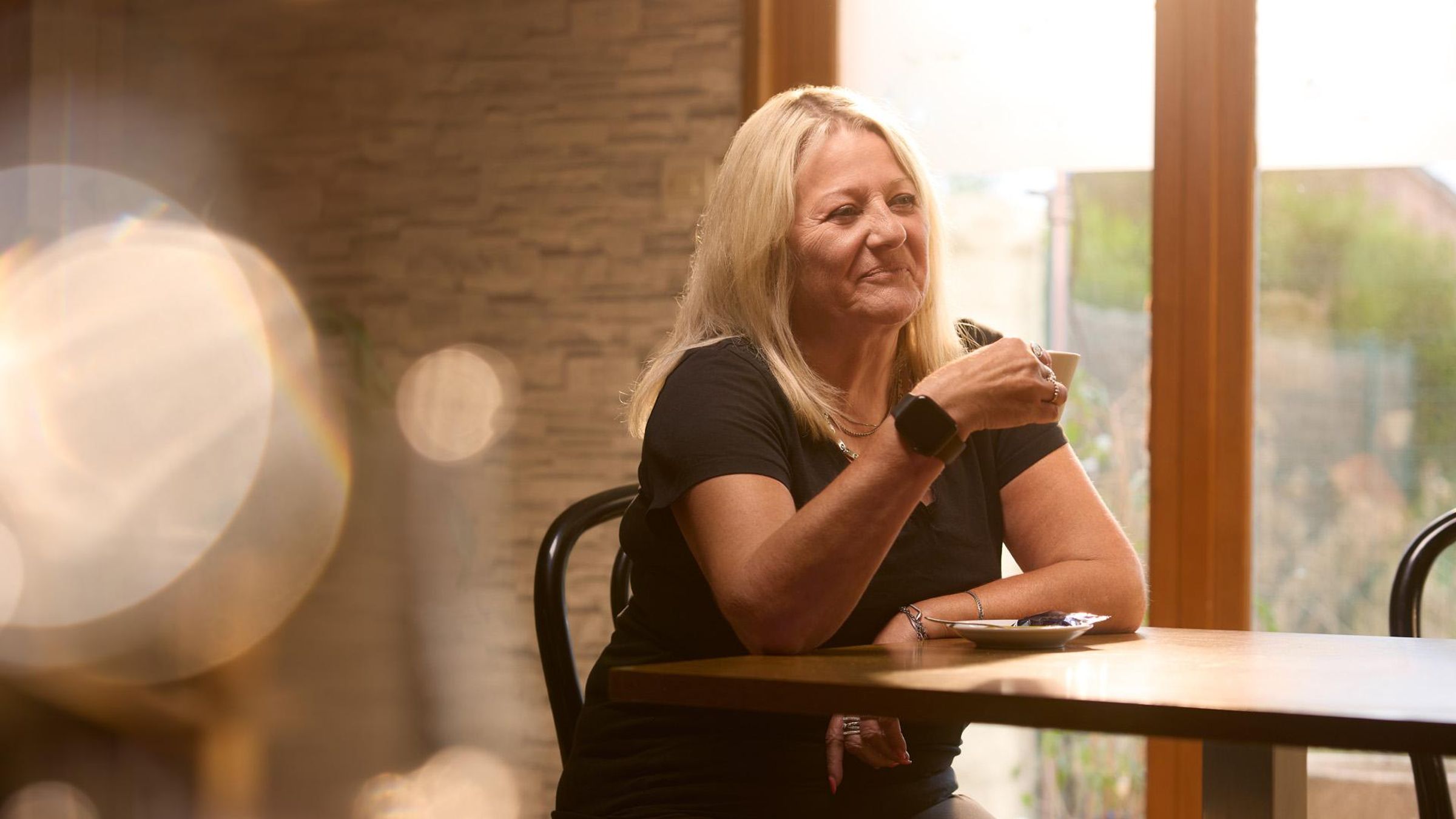
Science as a Partner in Dreams
Géraldine’s quiet dedication to her treatment, powered by the ongoing advancements in medical science, allows her to continue her "unaccomplished dream" of a marathon—not necessarily on a track, but in the everyday pursuit of life and the tireless advocacy for her fellow patients.
Her story is a powerful reminder that the dreams we chase are not always grand, public spectacles. Sometimes, they are the quiet, persistent efforts to breathe easier, to connect with others, and to transform personal adversity into a beacon of hope.
Every person's experience is unique and individual experiences may vary. Remember, your healthcare provider is the best source of health-related information and be sure to ask them any questions you may have. Individuals featured were compensated.
References
- Burden and clinical features of chronic obstructive pulmonary disease (COPD). Pauwels, Romain A et al. The Lancet, Volume 364, Issue 9434, 613 - 620
